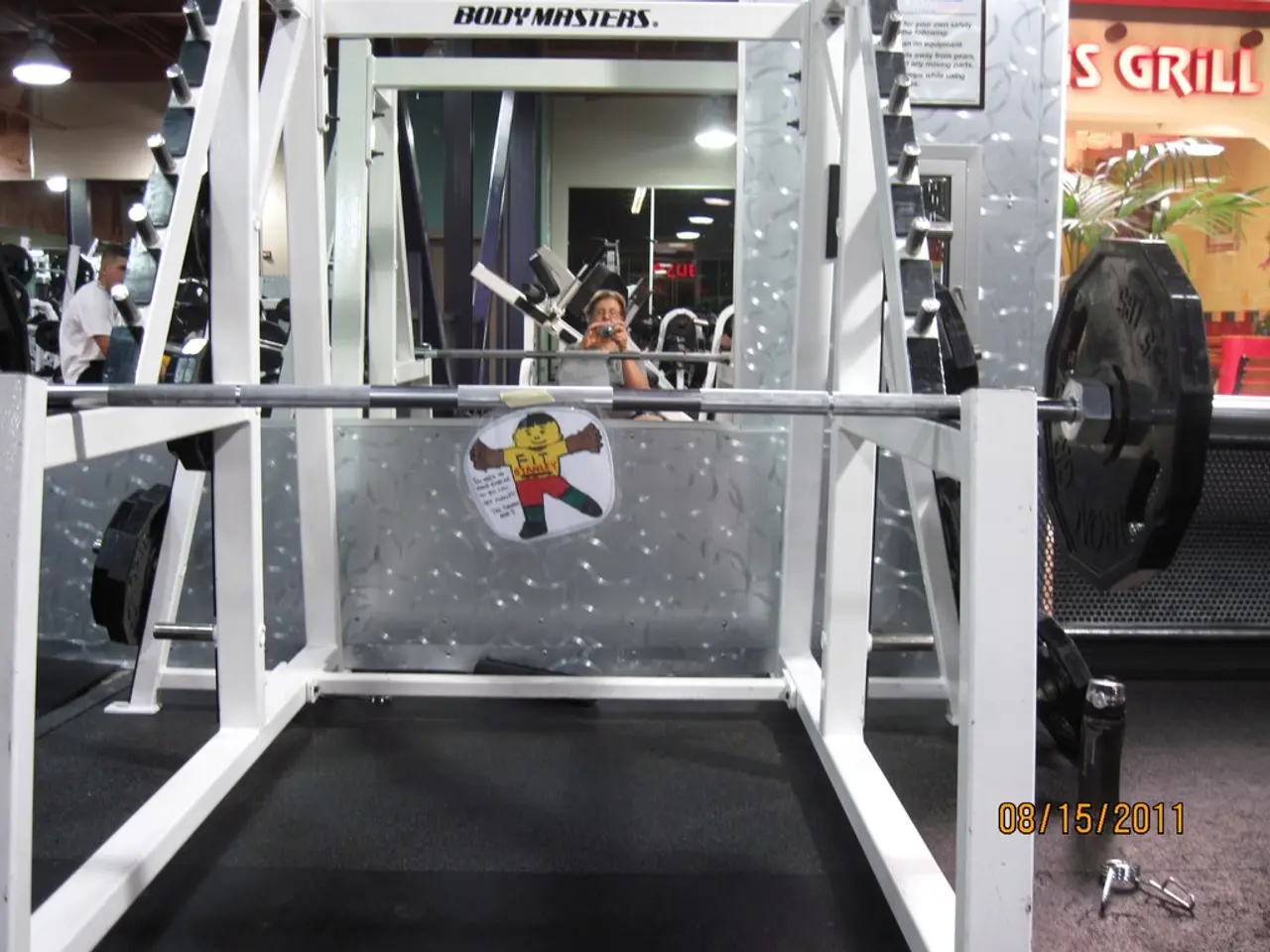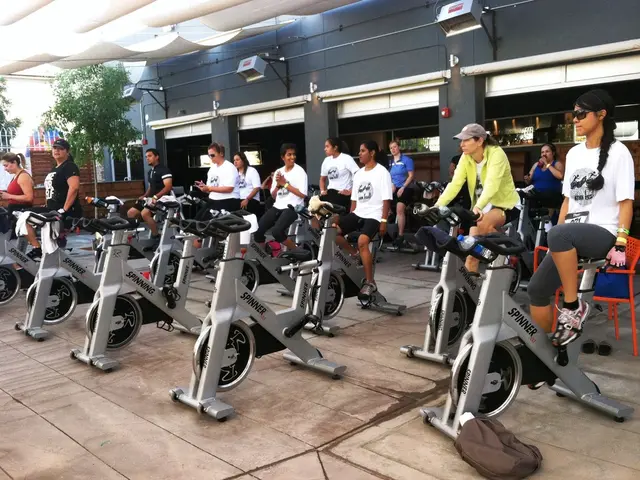Daily Sit-Up Goal for Optimal Fitness Recommended by a Global Fitness Expert
Sit-ups and crunches, two popular exercises, are known for their ability to strengthen the core, particularly the rectus abdominis or the "six-pack" muscle. However, relying too heavily on these exercises can lead to muscle imbalances if other areas are not also trained.
A well-trained core supports every movement, from lifting weights to running, to simply standing with proper posture. Having a strong core is vital not just for strength and fitness, but for balance, posture, injury prevention, and overall athletic performance.
Emma McCaffrey, a personal trainer, explains that a sit-up is an exercise where you lie on your back and lift your entire torso off the ground, bringing your chest towards your knees. James Brady, another personal trainer, adds that a crunch is a variation where you only lift your head and shoulders off the ground, focusing more on the upper abdominal muscles.
While these exercises are effective, they mainly target the front of the core and do not effectively engage the deeper core stabilizers, obliques, or lower back muscles. To build overall strength and fitness, it's essential to work across all planes of motion and engage different muscles, not just relying on one move like sit-ups or crunches.
Beginners might start with two to three sets of ten to fifteen controlled repetitions, while more advanced athletes can increase reps or add resistance to the movement for greater challenge. However, excessive or incorrectly performed sit-ups can strain the neck and lower back, particularly for individuals with existing back issues or poor posture. Focusing on quality over quantity is important, as doing many rushed crunches with poor form is less effective and potentially unsafe than doing fewer, controlled reps with proper form.
Experts emphasize that sit-ups alone are not sufficient for a well-rounded core workout. A balanced routine includes exercises that target all core muscles (including obliques, lower back, and pelvic floor) and challenge stability—such as planks, side planks, dead bugs, and anti-rotation movements. Functional core training that incorporates these diverse movements, rather than just sit-ups, leads to better core strength and real-world functional benefits.
A quality core workout might look like this:
- Planks (30 seconds–1 minute)
- Dead Bugs (10 reps per side)
- Side Planks (20-30 seconds per side)
- Sit-ups (2-4 sets of 10-30 reps, depending on fitness level)
- Other rotational or stability exercises (e.g., Russian twists, bird dogs)
Performing this 3-4 times a week for around 10-20 minutes allows gradual progression with proper rest to build strength without overtraining. Emphasizing form and breathing during sit-ups and all core exercises is critical to gain benefits and avoid injury.
In summary, while sit-ups are a powerhouse move for the core and are effective when it comes to improving abdominal muscle strength, a well-rounded core routine combines moderate-volume sit-ups with stability and functional exercises, practiced regularly with gradual progression and attention to quality movement. This approach leads to better core strength, improved posture, reduced risk of back pain, and overall athletic performance.
Read also:
- Overweight women undergoing IVF have a 47% higher chance of conceiving naturally post-weight loss
- What temperatures may make walking your canine companion uncomfortable?
- Eye treatments for Drusen: Insights and expansions
- Presidential Candidate Uses Controversial Tactics to Gain Vote, Prompting Outcry From Opponents and Politicians Alike






